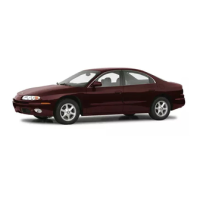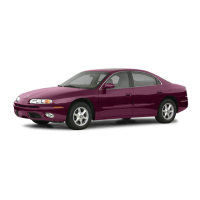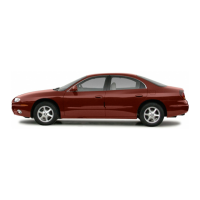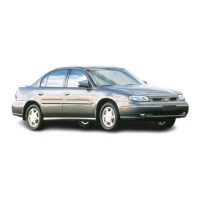Control
of
a
Vehicle
Braking
You have three systems that make your vehicle go where
you want it to go. They are the brakes, the steering and
the accelerator. All three systems have to do their work
at the places where the tires meet the road.
Braking action involves
perception time
and
reaction time.
First, you have to decide to push on the brake pedal.
That’s
perception time.
Then you have to bring up your
foot and do it. That’s
reaction time.
Average
reaction time
is about
3/4
of a second. But
that’s only an average. It might be less with one driver
and as long as two or three seconds or more with
another. Age, physical condition, alertness, coordination
and eyesight all play a part.
So
do alcohol, drugs and
frustration. But even in
3/4
of a second, a vehicle
moving at
60
mph
(100
km/h)
travels
66
feet
(20
m).
That could be a lot of distance in an emergency,
so
keeping enough space between your vehicle and others
is important.
And, of course, actual stopping distances vary greatly
with the surface of the road (whether it’s pavement or
gravel); the condition of the road (wet,
dry,
icy); tire
tread; the condition of your brakes; the weight of the
vehicle and the amount of brake force applied.
Sometimes, as when you’re driving on snow or ice, it’s
easy to ask more of those control systems than the tires
and road can provide. That means you can lose control
of your vehicle.
4-6
c
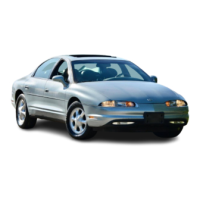
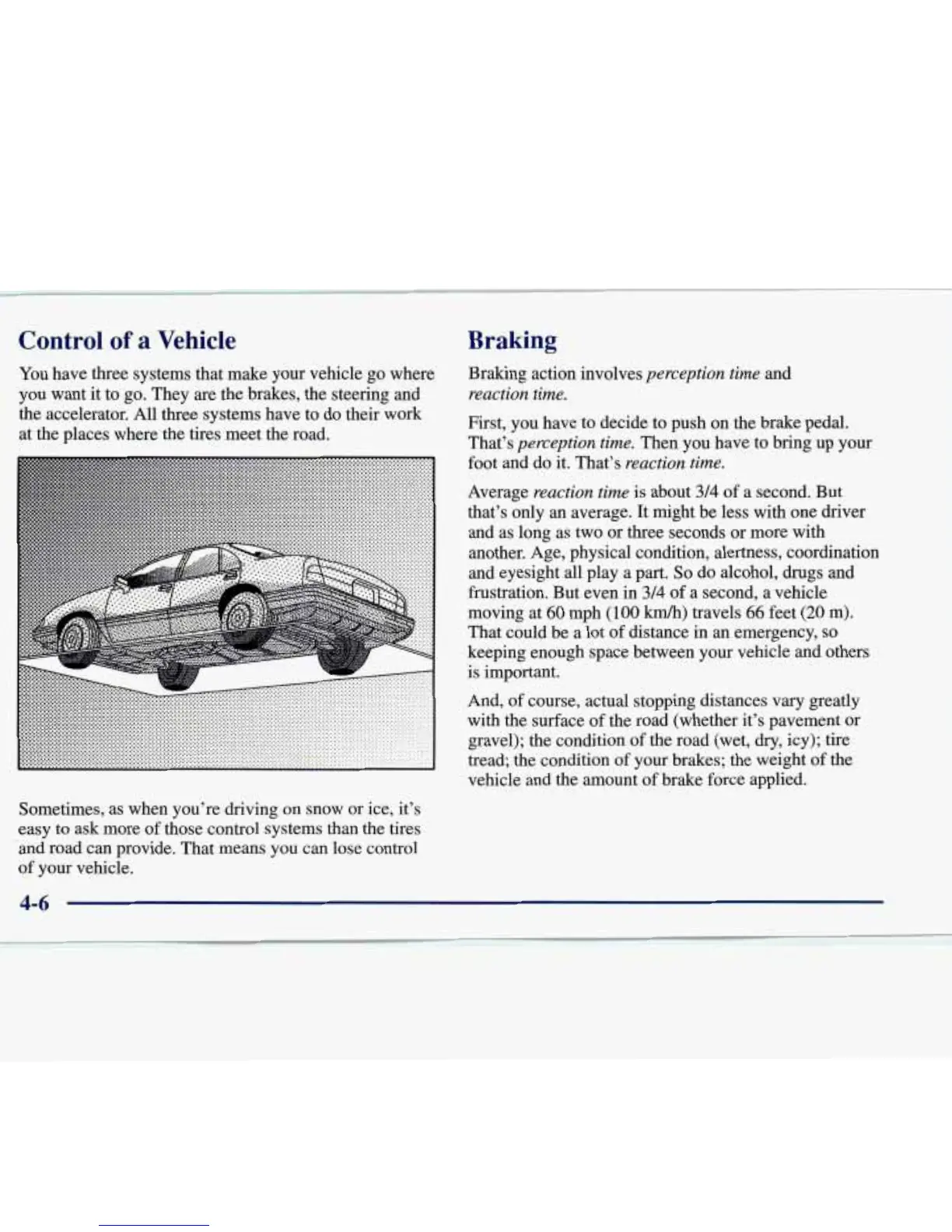